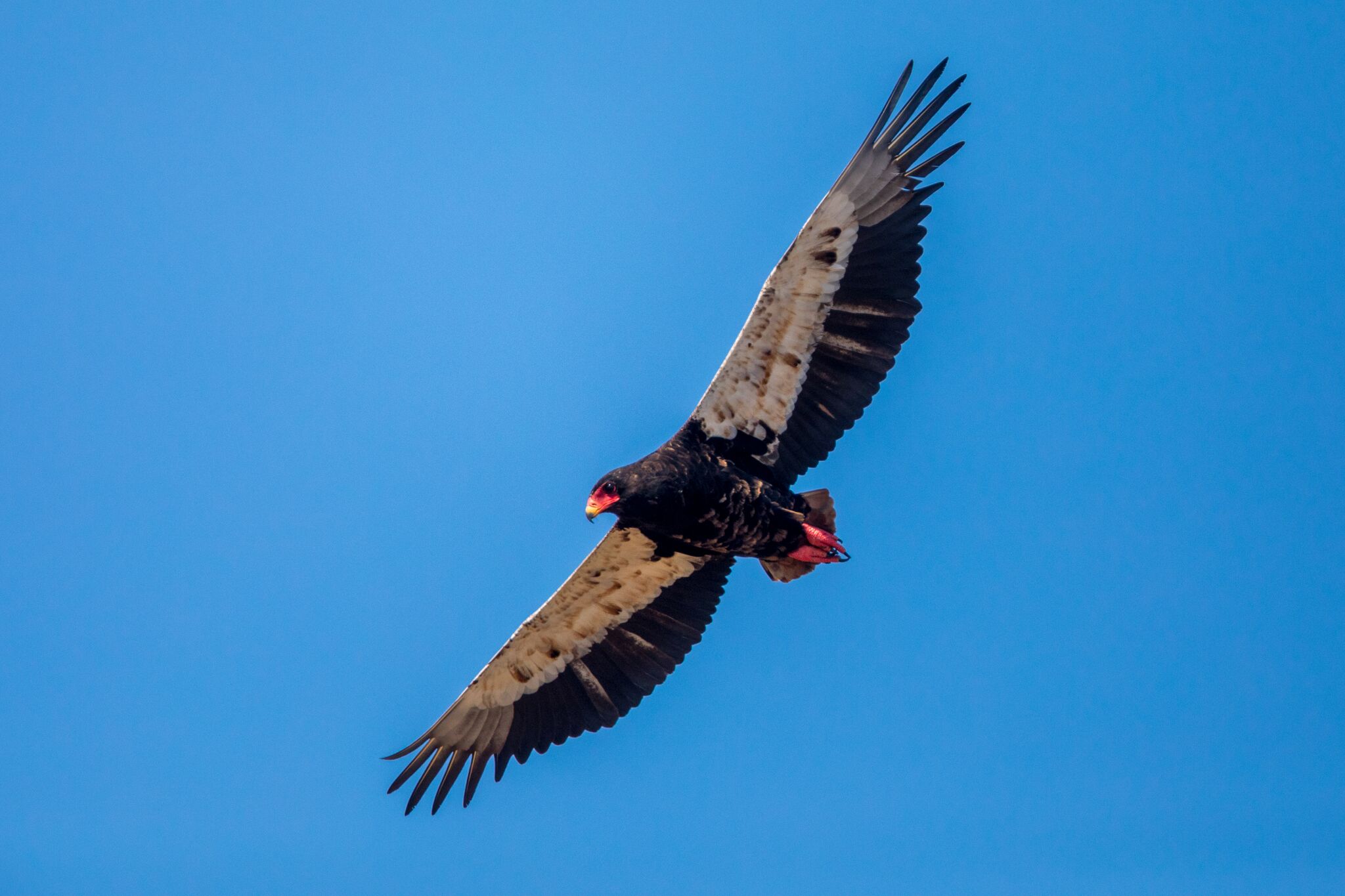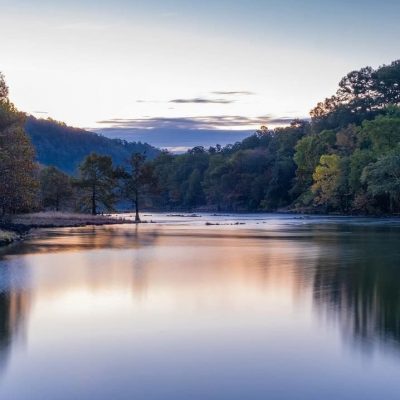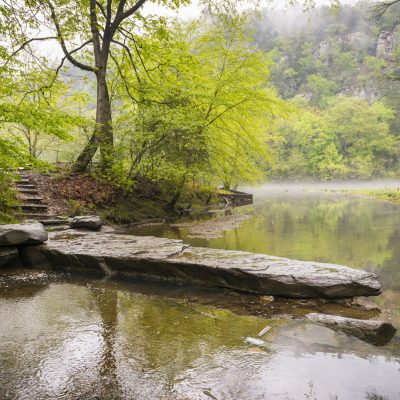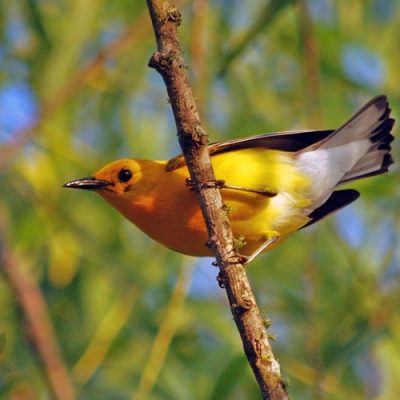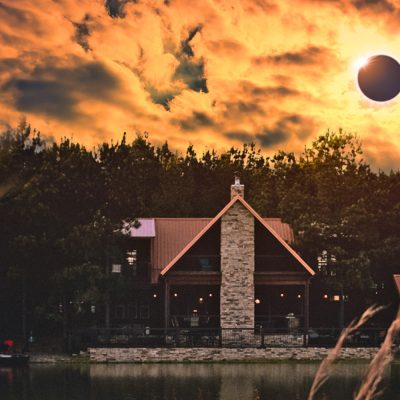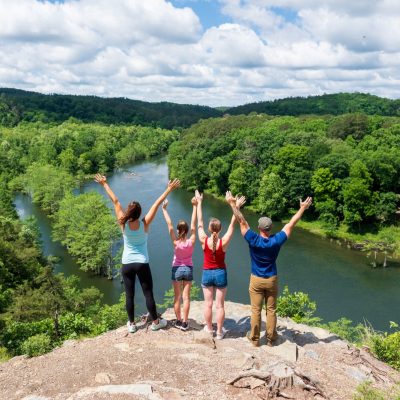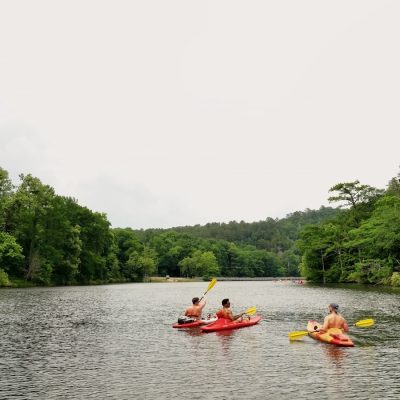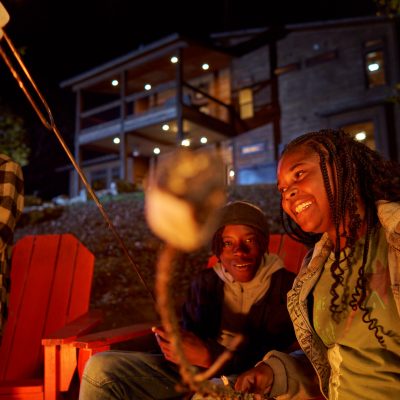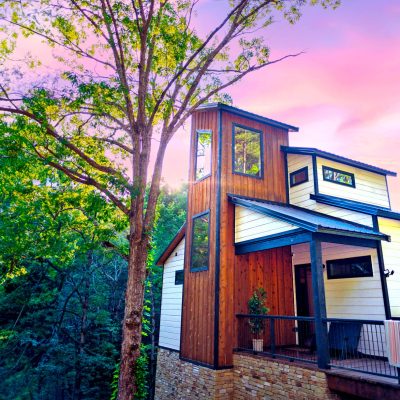Dr. John Abbott will deliver the keynote speech at the 11th Annual Red Slough Birding Convention, happening May 4–7 in Idabel. Abbott is an entomologist and wildlife photographer who’s spent his entire career studying insects, specifically dragonflies and damselflies. He grew up in North Texas and completed his undergraduate studies at Texas A&M, where he received degrees in entomology and zoology. He got his Master’s and PhD from the University of North Texas, then taught for 16 years at UT Austin before moving to the University of Alabama three years ago as director of research and collections.
We recently spoke with Abbott about his passion for dragonflies, the importance of insects for human survival, the unique biodiversity of Red Slough WMA, and how an admitted non-birder became the keynote speaker at a birding convention.

There’s no mention of birding anywhere in your bio. How did you become involved with the Red Slough Birding Convention?
Well, I do take pictures of birds, and I will be showing some, but I’m no birder. I mean, I look at everything when I’m out in the field, but I’m actually an entomologist and my specialty are dragonflies and damselflies in particular. I’ve been to the Red Slough area to study odonates, which is what the dragonflies and damselflies are. They are very diverse there, but I think the reason I was asked to come and speak to this birding convention is because of my photography, mainly. I do a lot of nature photography.
I’ve been asked a number of times to be a speaker and this is the first year that it’s worked out. The primary connection there is through a fellow named David Arbour, who works at Red Slough [Arbour is a biologist with the Oklahoma Department of Wildlife Conservation]. We’ve communicated for years about dragonflies and I think he learned that I was a good photographer as well and thought that I might be an interesting fit for the convention. I do a lot of outreach and talks like this, it’s something I’m known for I suppose, especially in Texas.
I’m planning on talking about insect flight for the keynote talk. Then the other talk that I’ll be giving will be kind of a photo trip through southern African and Madagascar, so I’ll be showing all sorts of things from birds and big game and lemurs and chameleons, as well as insects.

What led you down this path of entomology and nature studies, and how did that transition into photography?
It’s really a mix of things. I got interested in insects when I was a little kid. I grew up in North Texas. My dad’s a scientist—he’s retired now but he was a paleontologist. I just grew up collecting all sort of things and exploring nature, but at a very early age I got really seriously interested in insects and just never let that go. I mean, I’m one of those weirdos that in school pretty much knew exactly what I wanted to do and that was to be able to study insects. I first picked up a camera in my high school years, but it was when I was an undergraduate that I really got serious about photography as my knowledge of and interest in insects was increasing. It just seemed like a natural pairing. Both as a form of creative expression, but more of a way to just supplement specimens that I was collecting. These days, there are tons of enthusiasts that are interested in insects and nature and wildlife in general, and their primary mechanism for collecting data is with a camera. But this is before the digital age, this is in the film days. I just got seriously into it and really enjoyed it, and it’s just continued on with my passion for natural history and insects ever since.
What is it about the study of insects that excites you? What do you look for during research?
If I have to put it down to one word, it’s diversity. Insects are the most diverse group of animals on the planet and they impact our lives in innumerable ways that most people don’t have any idea about. We still know relatively little about them compared to other things. You could pick up a field guide to North American birds and be confident that every bird that you would see, every bird that occurs in North America, would be represented in that field guide. If you pick up a field guide to the insects of North America, it’s quite the opposite. For example, I just finished with my wife a book on the insects of Texas. So, one state, okay? There are about 30,000 species of insects in Texas. You can imagine how big that field guide would be if you try to talk about them all.
The thing about academia research is that you’re just always exploring, opening new doors and exploring new things. One of the things that I’m working on right now is using environmental DNA to detect rare—or rarely collected or seen, anyway—dragonfly species, and to assess their population size ancestrally. I’ve got a large grant to do that with some rare dragonfly species in Texas, for example, and we’ve been doing a lot of work in Louisiana as well.

What can we learn—or what have you learned—about these insects that informs or enlightens in some way the question of who we are and where we came from?
If you do a quick google search, there have been a number of recent articles on the demise of insect populations and sizes. And that’s pretty scary, because if insects disappear, we disappear. There’s no way that we could live on this planet without insects. They pollinate innumerable food crops for us. They get rid of fecal material and carrion from dead animals.
It tells us something about ourselves in the sense of how we’re treating this planet and how dependent we are on insects—without them we would literally perish as a species. You may have heard about the colony collapse disorder with honeybees, for example, and that’s just one species. So that’s one thing—a negative thing, an unfortunate thing—but one thing that can enlighten us by studying insects.
But there are all sort of things—dragonflies are the most efficient flyers in the insect world, and I’m going to talk about the evolution of insect flight and flight in general as my keynote speech of this convention, and how bird flight is different from insect flight and so on. Because dragonflies are the most efficient flyers in the insect world, and one could even argue maybe in general, things like the military and aircraft designers have looked at dragonflies for years in terms of the engineering and biomechanics of them and how they’re built. Dragonflies are also tremendous predators on mosquitos, and of course mosquitos are huge vectors of malaria and dengue fever and all sorts of other diseases, so they are very beneficial in that way, helping to control these mosquito populations.
Not to mention the fact that they are just beautiful, charismatic animals. One of the reasons I think there’s been a great increase in the number of enthusiasts that are interested in studying dragonflies is that they do have so much charisma.

In light of what you’ve said about the disappearance of insect populations, how important are preserves and public lands like the Red Slough for helping to keep those populations alive?
Great segue, great question, and critically important. Ed Wilson, a famous ant biologist, an evolutionary biologist at Harvard, has come out with this idea of “half earth,” saving 50 percent of the planet for things other than humans. That’s a lofty goal, and I think it’s unlikely just because of our mentality as a species, but the only way that these insects are going to persist is with these large preserves, particularly in unique habitats. Red Slough is certainly an example of that—I think that’s probably the most diverse place in Oklahoma for dragonflies, damselflies. These types of preserves and sanctuaries of undeveloped land are absolutely critical.
You said you’ve been to Red Slough before. What was your experience like?
You know, coming from Texas, the Red Slough area is unique. In terms of freshwater habitat and bio diversity, there’s not a lot of other places that are like that, including in Texas. There are dragonfly species that occur there in Oklahoma just across the border that have not been found in Texas and it’s because the diversity of aquatic habitats that you don’t find even just across the state line. The habitat diversity of Red Slough supports some pretty cool species that just find their way in that area there as an extension of the Ouachitas.

I think you’ve already answered this in a sense, but what is your favorite insect and why?
So my favorite insect group are dragonflies. It’s hard to say a specific favorite—it’s really the one I haven’t seen yet, the next discovery, which leads back to why I got into insects to begin with. It’s that kid’s ability to explore and discover that I haven’t lost and still really enjoy. I don’t have a particular species that is necessarily my favorite, but I’m always motivated by the opportunity for discovery, whatever that may be.
Learn more about the Red Slough Birding Convention and get tickets here. Find your cabin and start planning your trip to Beavers Bend.


